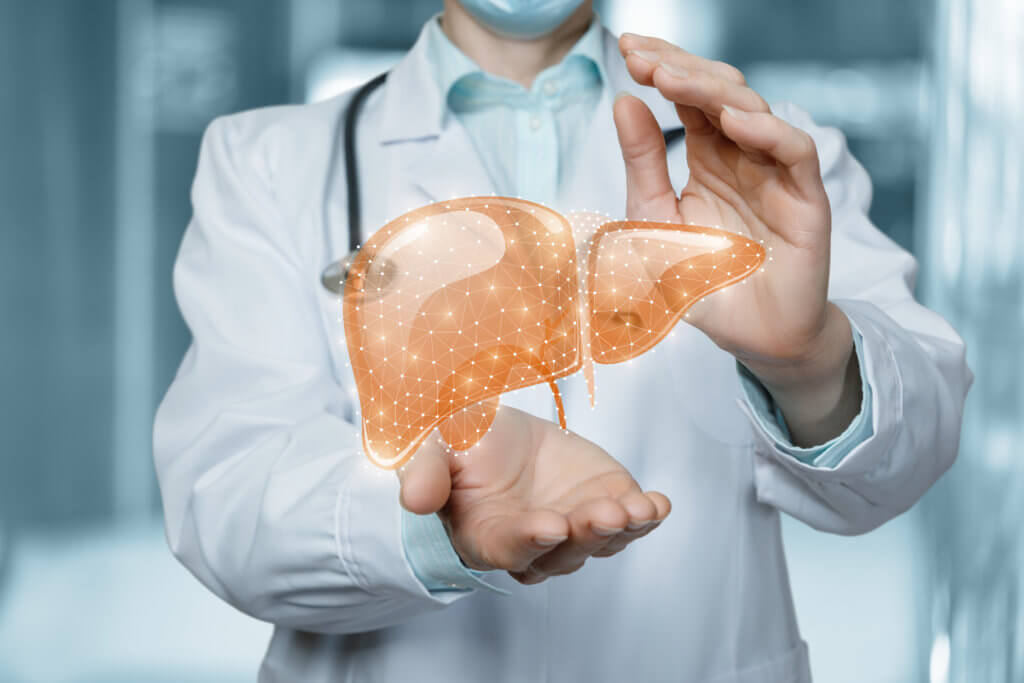Fat accumulation in the liver can lead to a multitude of problems associated with the immune system attacking the liver in response. A new Weill Cornell Medicine study has identified the molecule responsible, helping to deepen the understanding of liver damage that is seen in Type 2 diabetics and obese patients.
When a perceived threat comes from the body, T and B cells end up attacking the organ or tissue that it’s supposed to assist. So in essence, when the liver is already under stress from fat buildup, the subsequent immune response further exacerbates damage being done to it.
“For the longest time, people have been wondering how T and B cells learn to attack liver cells, which are under increased metabolic stress due to a high fat, high sugar diet,” says lead investigator Dr. Laura Santambrogio, a professor of radiation oncology and of physiology and biophysics at the school, in a statement. “We have identified one protein — probably the first of many — that is produced by stressed liver cells and then recognized by both B and T cells as a target.”
The research team conducted the study by simulating Type 2 diabetes (T2D) and obesity in mice by genetically altering them or feeding them a high-fat, high-sugar diet to induce the metabolic disease. They analyzed any changes within the arm of their immune system that is prepared to defend specific threats to the body.
The excessive amount of fat stored in the liver in T2D and obesity causes stress to T and B cells, which results in nonalcoholic steatohepatitis, or non-alcoholic fatty liver disease. The cells under stress can lead to inflammation, which can seriously hurt tissues as the condition progresses.
Now, the team reports that the immune system, specifically B and T cells activity in disease state, contributes to this.
To understand the specific molecule that the immune system targets, the researchers looked into the activity of dendritic cells, which are other types of immune cells. Through this, they discovered a protein called PDIA3, which activates both B and T cells. When the cells experience stress, they make more PDIA3, which migrates to the surface and can from there be easily attacked by the immune system.
The researchers believe their findings are crucial to healthcare, as millions of Americans continue to suffer from Type 2 diabetes and obesity, with no decline in sight. “We have added a new piece to the puzzle,” says Dr. Santambrogio, “by showing how the immune system starts to attack the liver.”
While future research is needed to solidify results and analyze findings humans and not just mice, lab results in humans may suggest that this is transferrable. The research team found higher levels of antibodies for PDIA3 in blood samples from people with Type 2 diabetes, as well as in autoimmune conditions related to the liver and its bile ducts.
Diet and lifestyle changes may not prevent autoimmune conditions, but there is a consensus that doing so for fatty liver disease improves these markers.
Santambrogio is also the associate director for precision immunology at the Englander Institute for Precision Medicine at Weill Cornell Medicine.
The study is published in the journal Science Immunology.












